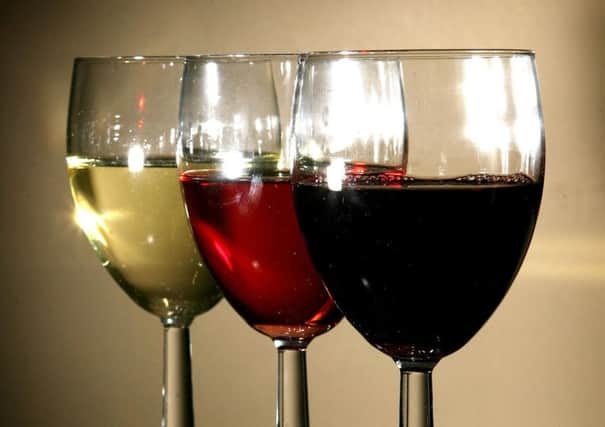A fifth of population responsible for majority of alcohol consumed


The Organisation for Economic Co-operation and Development (OECD) said that, although it had found this “heavily concentrated” distribution of alcohol drinking, there has been a reduction in the proportion of binge drinkers who consume more than twice the NHS guidelines – now at 15 per cent of men and women in 2013 compared with 19 per cent in 2006.
Four out of five drinkers would see an improvement in their health if they consumed just one unit less a week, the oecd’s first major report on harmful alcohol use and its impact on public health found.
Advertisement
Hide AdAdvertisement
Hide AdIts comparison of OECD countries found that levels of alcohol consumption in the UK are well above the average and increased during the last 30 years.
In 2011 an average of 10.6 litres of pure alcohol per capita was consumed in the UK compared with an estimated average among other countries of 9.5 litres.
Countries such as France and Italy that were once known for their large alcohol intake have now seen levels drop considerably – although they have also seen an increase in binge drinking.
The report also found the initiation into alcohol drinking happens at increasingly early ages.
Advertisement
Hide AdAdvertisement
Hide AdThe proportion of UK-wide 15-year-olds who have tried drinking alcohol increased from 71 per cent in 2002 to 75 per cent in 2010, with 40 per cent of girls of that age admitting they had been drunk at least twice.
Other findings of the OECD include large socio-economic disparities in what it described as “hazardous” drinking rates (having a weekly amount of pure alcohol of 140g or more for women and 210g or more for men).
It found that those who achieved higher levels of education were more likely to be hazardous drinkers than their less educated counterparts, with professional women being particularly heavy consumers – but this was not replicated in most other countries.
The study authors suggested this could be down to more women working in traditionally male- dominated jobs, and joining in with the macho drinking culture.
Advertisement
Hide AdAdvertisement
Hide AdCompared with other OECD countries, the report said the UK has relatively high levels of taxation for alcohol and has adopted a wide range of policies to regulate the sale and promotion of alcohol products.
OECD head of health Mark Pearson said: “This really is large amounts of money involved for the economy, in terms of loss productivity, health spending, and accidents and ill health, so I think it does clearly make sense to us that this is the sort of area that any country that cares about its economic performance has to take seriously.”
A spokesman for the Portman Group, which represents alcohol producers, said: “This report should not take precedent over the official UK government statistics that show significant declines in under-age drinking, binge- drinking and alcohol-related violent crime during the last decade.
“However, the report rightly recommends that alcohol policy should target harmful drinkers first and that open dialogue and co-operation with alcohol producers and retailers is part of an effective policy approach in tackling alcohol harms.”
He added: “In the UK, such partnerships have resulted in significant achievements.”